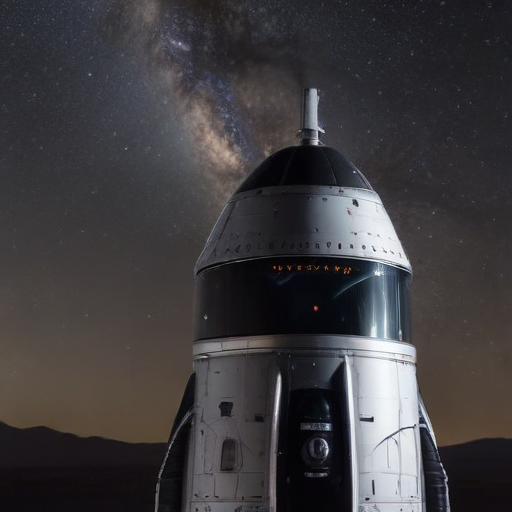The Boeing CST-100 Starliner spacecraft is one step closer to its return to Earth following the successful completion of ground tests on its thrusters, which have kept the vehicle in space since early June. These thruster tests, conducted at the White Sands Test Facility in New Mexico, were crucial for understanding their performance issues that led to the de-selection of some thrusters during the flight.
After some thrusters were found to be malfunctioning due to helium tank leaks, Boeing and NASA delayed the planned return until they could analyze the impact of restoring these thrusters to service on the mission’s overall safety and functionality. Although the spacecraft is currently equipped with more helium than it requires for its operations, officials have indicated they are not entirely prepared for an immediate return.
While a specific timeline was previously projected for the end of this month, it has now become less certain. Boeing and NASA engineers are prioritizing a thorough review of the thruster system, including disassembling and inspecting it, before finalizing the requirements for a safe return flight. The Starliner mission’s commander Butch Wilmore and pilot Suni Williams are set to lead the return journey once all systems are confirmed to be ready.
In summary, although there have been setbacks and challenges throughout the Starliner mission, the completion of the thruster tests signifies hopeful progress. As Boeing and NASA continue to address the issues and prepare for the spacecraft’s return, it illustrates the resilience of space exploration initiatives. This reinforces the notion that every challenge presents an opportunity for learning and improvement in aerospace technology.
This development could also serve as a reminder of the complexities involved in space missions, highlighting the importance of rigorous testing and safety protocols in ensuring successful operations.
